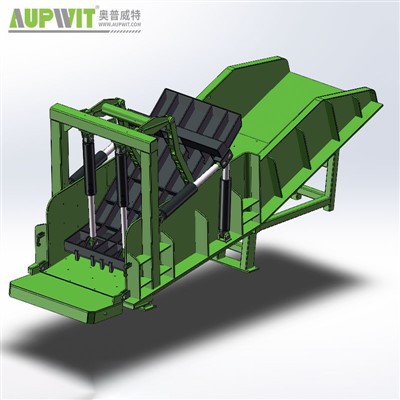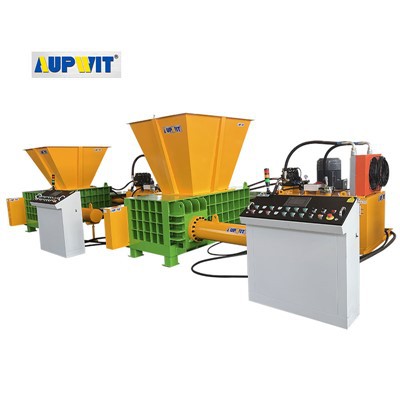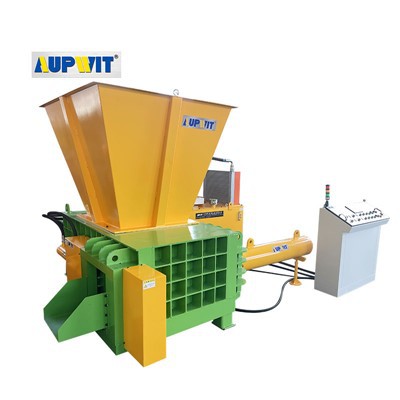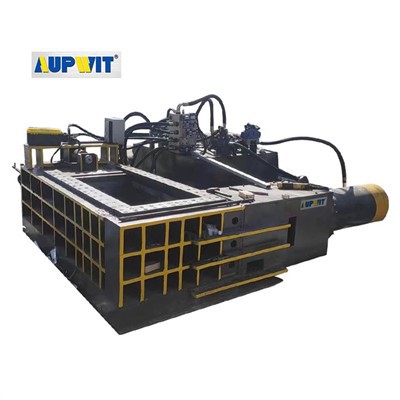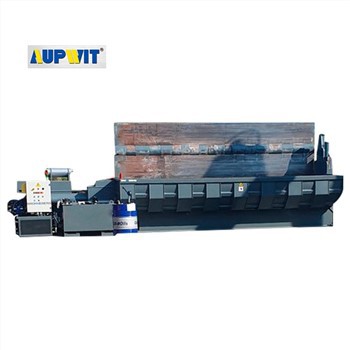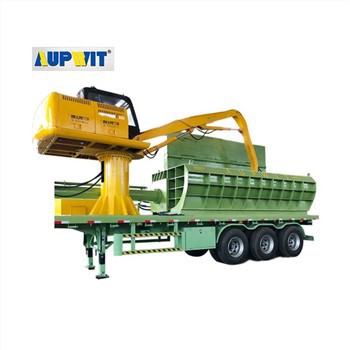Horizontal Plastic Film Baler Troubleshooting
• Check the power supply: verify the power cord is plugged in, fuses are intact, and circuit breakers haven't tripped
• Ensure the emergency stop button isn't engaged—reset it if pressed
• Inspect the control panel for error codes; refer to the manual to decode issues like sensor malfunctions or motor overloads
• Examine the hydraulic system: check fluid levels and refill with manufacturer-specified oil
• Replace clogged hydraulic filters that restrict flow
• Inspect for leaks in hoses or seals; tighten connections or replace damaged parts
• Stop the baler immediately and check for loose components
• Inspect and replace worn bearings or misaligned gears
• Lubricate all moving parts according to manufacturer specifications
• Power off the baler and manually remove stuck debris using proper tools
• Clear the feeding chute of all obstructions
• Adjust the feed rate to prevent overloading and check conveyor belt alignment if equipped
• Inspect the hydraulic cylinder responsible for pushing out bales
• Clear any debris blocking the ejection path
• Check for air in hydraulic lines and bleed the system if needed
- Daily visual inspection of all moving parts
- Weekly lubrication of hinges, chains, and hydraulic components
- Monthly hydraulic system checks (fluid level, leaks, pressure)
- Quarterly inspection of electrical connections and sensors
- Annual professional servicing of major components


